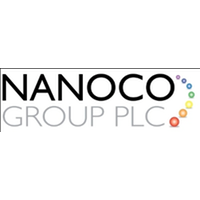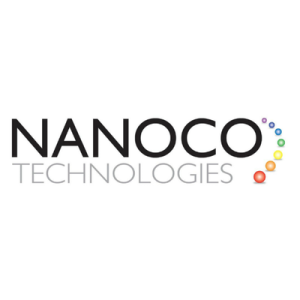If there’s one thing we’ve come to expect from the TV market, it’s that there will always be competing formats and technologies for the consumer to fret over. A decade ago, it was all about plasma vs LCD, with each technology presenting a number of benefits and disadvantages. Although the differences in today’s TV technologies are perhaps more granular and specific, they’re no less important.
With many AV enthusiasts currently focused on the high dynamic range format war (pitting HDR10 against Dolby Vision and now HDR10+ and HLG), a new battle for TV tech supremacy has emerged: OLED vs QLED.
While most people are aware of OLED’s status as a high-end TV technology (it’s been in the public eye much longer than Quantum Dot-powered rivals), there’s still an air of mystery surrounding QLED, particularly in regards to how it works and why you might want to choose it over other television technologies.


